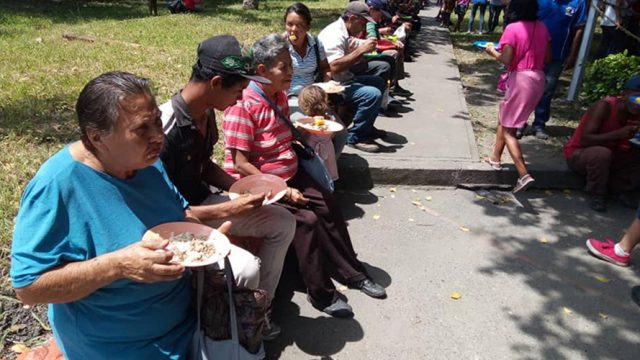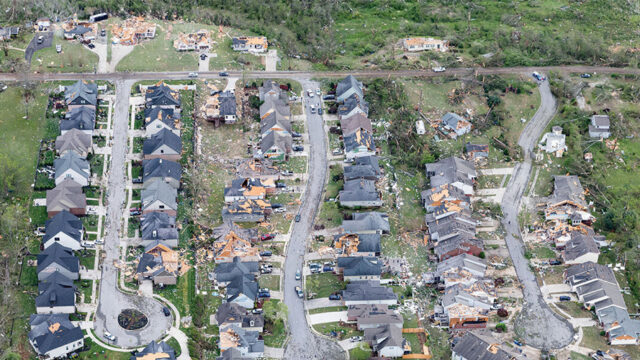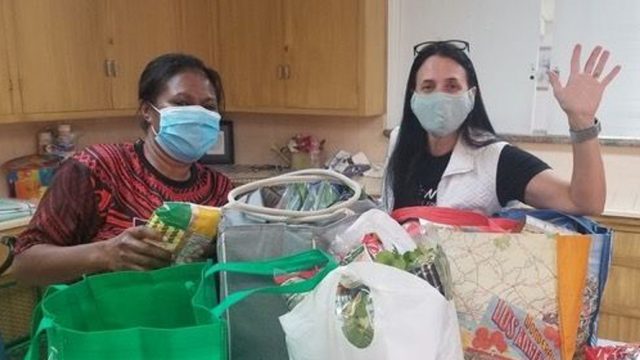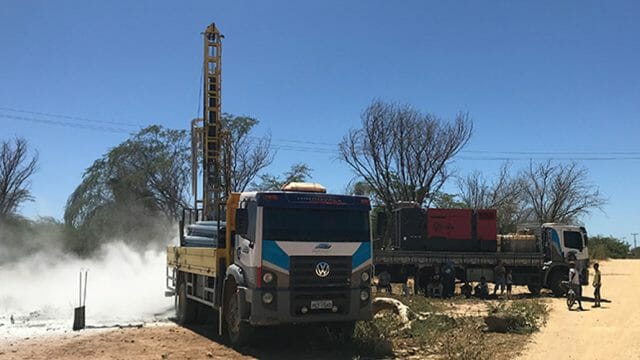An Adventist physician shares tips for providing spiritual care in the hardest setting.

Micah* is a 9-month-old, previously healthy boy who was admitted from the pediatric emergency department with rhinovirus and respiratory syncytial virus infection (RSV) bronchiolitis. He is working harder and harder to breathe, and there are concerns that he may need a breathing tube. As with other children in a similar situation, he is expected to make a complete recovery after supportive care. His mother is at his bedside, crying.
Dani is a 2-year-old girl in the cardiac intensive care unit (ICU). She has had multiple surgeries on her heart that left her critically ill. Her chest was open, covered only by a sterile sheet of plastic. She was successfully taken off the heart lung bypass machine (ECMO circuit) the day before, but today she is in trouble. Her breathing tube is completely blocked by thick bloody secretions, her oxygen levels plummet, and her heart stops.
Jay is a 3-year-old boy who was on vacation with his family when he nearly drowned in a pool after being under water for an unknown amount of time. He received CPR for 30-40 minutes. He was admitted to the pediatric ICU five days ago and has progressed to the point where brain death is the likely outcome. The pediatric neurologist has performed the first of two required brain death tests. The family refuses the second exam, as they feel that God has told them to wait.
Three cases, with three very likely different outcomes. How can a Seventh-day Adventist health practitioner provide customized spiritual care in situations like these? How do you provide spiritual care to patients and their families in that extremely emotionally charged setting?
These are two of the key questions Loma Linda University Hospital (LLUH) ICU pediatrician Merrick Lopez set out to answer during his presentation at the 2022 Adventist Medical Evangelism Network (AMEN) conference in Myrtle Beach, South Carolina, United States, on October 28.
Three Key Elements
Lopez, who has worked at LLUH for 24 years and currently is medical director of the 25-bed pediatric ICU, has seen it all. Children who are admitted to his ward suffer respiratory illnesses, septic shock, cardiac arrest, and diabetes comma, among other life-threatening conditions. The little patients’ families are usually there too. There is tension in the air. Everything is emotionally charged. How do you provide spiritual care in that context? Lopez asked.
He suggested three key elements that can help physicians provide spiritual care.
First, be present, he advised. This includes getting to the patient’s level, sitting down with them and making eye contact. “Being present is essential. Jesus was present. He would stop to make a difference,” Lopez said.
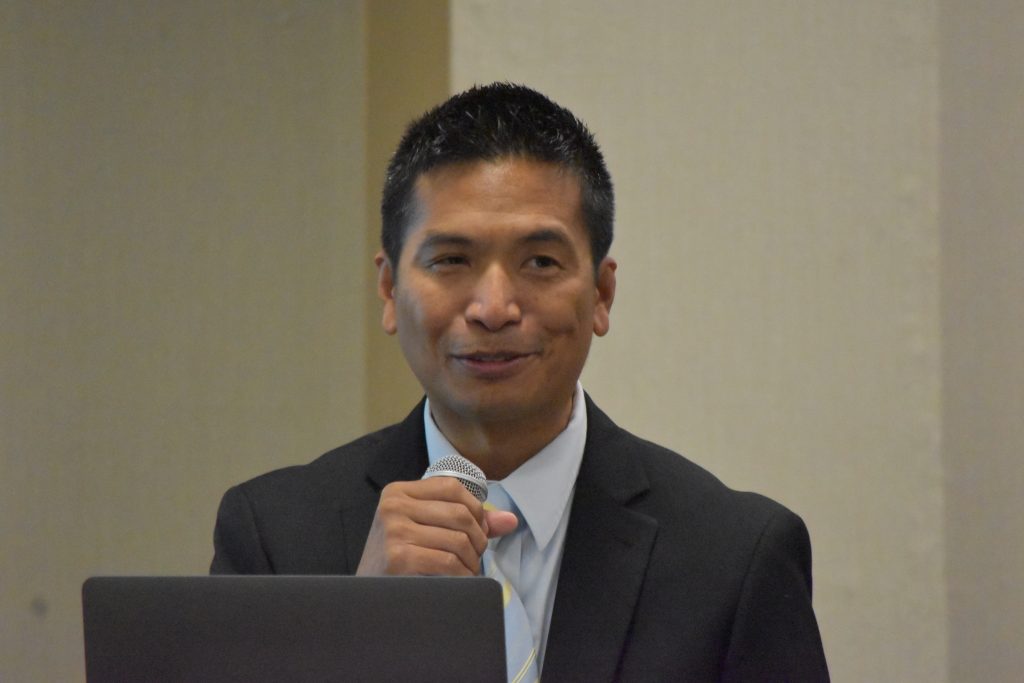
Sometimes, Lopez acknowledged, practitioners like him feel forced to run from room to room seeing patients. But it is in those moments that they should make a point in stopping to talk and be with the patient’s family.
Second, Lopez suggested getting to know the person or family, getting to know their particular story. “Providing spiritual care in this context involves compassion, presence, listening, and encouragement of realistic hope, and might not necessarily include any discussion of God and religion,” he said.
It also includes seeking first to understand before being understood, Lopez said.
Lopez referenced the CLEAR Whole Person Care ® Model, which seeks to create an atmosphere of compassion exemplified by the teaching and healing ministry of Jesus Christ. CLEAR stands for Connect (connecting intentionally with God, self, and others); Listen (being fully present in a sacred time of sharing); Explore (inviting whole person conversations); Acknowledge (empathizing and communicating understanding); and Respond (sharing resources that affirm strength and offer hope).
Finally, Lopez suggested performing a spiritual assessment to know where a patient’s family stands in regard to spiritual matters. It includes listening (Have they indicated that prayer or faith is meaningful to them?); asking what support system they have (family, church, etc.) and what is the most meaningful for them; and looking (to see whether there are religious artifacts such as Bibles, pictures, etc.).
This assessment transcends a particular faith, Lopez emphasized as he quoted one of his colleagues who always reminds him, “Our spiritual care does not end when the beliefs of other people begin.”
How It Works in Practice
Lopez shared that it’s key to know how to start to offer prayer. At the same time, prayer shouldn’t be used to give patients or their families false hope. It is also key to know how to pray or connect with patients and caregivers of other faiths.
“I usually ask all my patients: ‘Would it be helpful to you if we said a prayer now?’” Lopez said. In other cases, after he has listened carefully to a patient’s family for clues, he prepares a more elaborate approach. He tells them, “From what you’ve shared with me, it sounds as if your faith is very important to you. If it would be helpful to you, may I join you in this and offer a brief prayer with you right now?”
As a sample format, Lopez suggested honestly and openly sharing the desires that the family has voiced, surrendering to God, and praying for the team. He also suggested asking for comfort for loved ones, including fears or burdens, and praying for God’s special peace.
Three Outcomes and Spiritual Care
But how to apply this model to real-life cases? Lopez asked. Using the three cases introduced above, Lopez shared what he did and how his approach differed depending on each case and the likely outcome.
In the first case with Micah, the 9-month-old baby with a respiratory infection — which Lopez calls “a routine case” — he sat and talked with the baby’s crying mom. “What is going on? Why are you crying … ?” he asked. After listening to the source of her fears, he offered to pray in a way that helped give her peace and trust that everything would be OK. Indeed, a couple of days later, baby Micah left the ICU, fully recovered.
In the second case with Dani, the 2-year-old girl with multiple cardiac problems, Lopez understood it was a difficult case with an unknown outcome. As the little girl went into cardiac arrest, doctors and nurses were running to and fro trying to save her life. “In those moments, as a physician, you don’t always have time to sit and provide spiritual comfort,” Lopez said. “Then, you must find someone — preferably a chaplain — who can go through the whole process of listening, understanding, and supporting.”
Lopez made a point to show the family how hard everyone was working to save their toddler’s life. He allowed her parents to stay by Dani’s bed as she fought for her life. “God was there to guide us and she ultimately recovered,” Lopez said. “She is 6 years old now, and she’s doing great. I still keep in touch with the family.”
Finally, the third case with Jay was one that Lopez acknowledges as an “expected death.” In cases like this, it’s still essential to be present, giving families ultimate hope in Jesus, a hope that transcends this earth, Lopez said.
Jay’s parents were present for the first brain exam, but they wanted to delay the second. “These are moments of high stakes and high emotions,” Lopez said. In those moments, he suggested praying in a way that demonstrates that faith is important to you. “I work in ICU, and I want to save children’s lives,” Lopez told them.
Providing earnest care and support during those difficult moments helped Jay’s parents accept the outcome. They began to share how they were planning a memorial to honor the life of their son. They finally allowed practitioners to disconnect their son from the ventilator. Later, Lopez wrote in his journal, “We cleared the room, and we did it. His parents were holding his hand. I left the room and gave them a hug. I came back to declare him dead. What a privilege to be with them! Lord, this is one of the most amazing things I have ever been part of!”
*Names have been changed.




